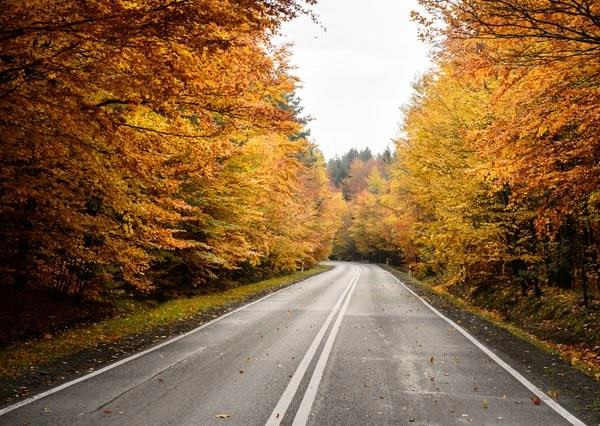
 Data Structure
Data Structure Networking
Networking RDBMS
RDBMS Operating System
Operating System Java
Java MS Excel
MS Excel iOS
iOS HTML
HTML CSS
CSS Android
Android Python
Python C Programming
C Programming C++
C++ C#
C# MongoDB
MongoDB MySQL
MySQL Javascript
Javascript PHP
PHP
- Selected Reading
- UPSC IAS Exams Notes
- Developer's Best Practices
- Questions and Answers
- Effective Resume Writing
- HR Interview Questions
- Computer Glossary
- Who is Who
Explain OpenCV Laplacian Transformation using java Example
The Laplacian transform on an image highlights the regions where there is a rapid intensity change. Therefore, it is used to detect edges.
The Laplacian() method of the Imgproc class applies Laplacian Transform on the given image, this method accepts −
Two Mat objects representing the source and destination images.
Four integer variables representing the depth, size, scale and, delta values of the transform.
An integer value representing the border.
Example
import java.awt.Image;
import java.awt.image.BufferedImage;
import java.io.IOException;
import javafx.application.Application;
import javafx.embed.swing.SwingFXUtils;
import javafx.scene.Group;
import javafx.scene.Scene;
import javafx.scene.image.ImageView;
import javafx.scene.image.WritableImage;
import javafx.stage.Stage;
import org.opencv.core.Core;
import org.opencv.core.CvType;
import org.opencv.core.Mat;
import org.opencv.highgui.HighGui;
import org.opencv.imgcodecs.Imgcodecs;
import org.opencv.imgproc.Imgproc;
public class LaplacianTransform extends Application {
public void start(Stage stage) throws IOException {
//Loading OpenCV library
System.loadLibrary(Core.NATIVE_LIBRARY_NAME);
//Creating Mat objects to store source and destination images
Mat src = new Mat();
Mat dst = new Mat();
//Reading Image
src = Imgcodecs.imread("D:\Images\road3.jpg");
//Applying Laplacian transform
Imgproc.Laplacian( src, dst, CvType.CV_16S, 3, 1, 0, Core.BORDER_DEFAULT );
//Imgproc.Laplacian(src, dst, ddepth, ksize, scale, delta, borderType);
// converting back to CV_8U
Core.convertScaleAbs( dst, dst );
//Converting matrix to JavaFX writable image
Image img = HighGui.toBufferedImage(dst);
WritableImage writableImage= SwingFXUtils.toFXImage((BufferedImage) img, null);
//Setting the image view
ImageView imageView = new ImageView(writableImage);
imageView.setX(10);
imageView.setY(10);
imageView.setFitWidth(575);
imageView.setPreserveRatio(true);
//Setting the Scene object
Group root = new Group(imageView);
Scene scene = new Scene(root, 595, 400);
stage.setTitle("Laplacian Transform");
stage.setScene(scene);
stage.show();
}
public static void main(String args[]) {
launch(args);
}
}
Input Image

Output
On executing, the above program generates the following windows −


Advertisements
